Cinnamon from Sri Lanka
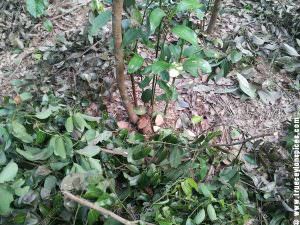
Cropped cinnamon tree (Sri Lanka)
A world-renowned spice or condiment, there are at least four main types of cinnamon, but the two most well-known are: Cinnamomum cassia originating in China and Cinnamomum verum (also known as the old botanical name Cinnamomum Zeylanicum) the cinnamon originating in Sri Lanka (Ceylon).
The latter is the “real cinnamon”, the Cinnamomum verum which accounts for 7,500 to 10, 000 tons produced annually out of a total of 27,500 to 35,000 tons, the majority of which are of the Chinese variety, Cinnamomum cassia. Indonesia also produces about two-thirds of Cassia cinnamon. Sri Lanka produces 80% to 90% of the world’s supply of the ’real cinnamon’ while Seychelles and Madagascar account for most of the rest.
Why is Ceylon cinnamon referred to as the ‘real cinnamon’ while cassia is relegated to a subordinate role? Although these two varieties of cinnamon share some characteristics in terms of regulating blood sugar, inhibiting fungi and yeast, and are antimicrobial, they differ in terms of the presence of coumarin a strong blood thinning agent. While the coumarin content in Sri Lankan cinnamon is negligible, that in cassia cinnamon is 1200 times greater. Coumarin consumption over a long period of time has adverse effects on health such as causing liver and kidney damage. The Sri Lankan cinnamon is a far healthier option. The Sri Lankan cinnamon is proved to possess outstanding health benefits especially for controlling Type 2 diabetes, lowering high cholesterol, and fighting obesity.
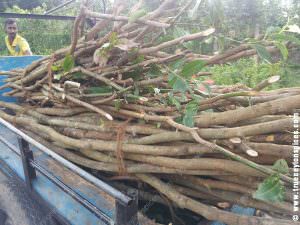
Harvested cinnamon sticks ready to transport
The earliest known reference to Sri Lankan cinnamon was in Zakaria-al-Qazwini’s Athar al-bilad-wa-akhbar al-ibad (“Monument of Places and History of God’s Bondsmen”) circa 1270 followed by John of Montecorvino in a letter around 1292. However, it was the Portuguese conquest of the maritime provinces of Ceylon in the early sixteenth century that enabled them to hold a monopoly of the cinnamon trade for over a century. Since then, the world has taken notice of this invaluable spice. Before the Dutch had ousted the Portuguese from Ceylon completely in 1658, they had established a trading post and had taken control of the cinnamon trade by 1640. The Dutch East India Company no longer relied on harvesting cinnamon from the wild, but cultivated its own orchards of trees.
The Spaniards too, having conquered Philippines, cultivated Cinnamomum mindanaense in the island of Mindanao. This has some different from the Sri Lankan variety, and found its way to Mexico, and is commonly referred to as Canela. This cinnamon is often mixed with chocolate and is regarded mainly as a sweetener.
A cinnamon tree in Sri Lanka is grown for about three years before coppicing it. Coppicing means cutting the stem of the tree at ground level. When in the next year, a dozen or so shoots rise from the roots, these are the ones that are to be harvested. While the inner bark is still wet, the stems must be processed by scraping off the outer bark and loosening the inside. The outer bark is discarded. The inner bark is then cut into long rolls. These meter-long strips curl into rolls (quills) when dried. Four to six hours are needed in a ventilated, dry, and warm environment to get the best results in initial drying. If drying conditions are not optimal, one may need fumigation to get rid of pests. The resulting product is not regarded as premium quality unlike the non-fumigated bark. The bark is then keep for dry in a week and ready for export. Unlike the very hard and almost impossible to grind dark brown sticks of Cassia cinnamon, the Sri Lankan cinnamon is thin, smooth and tan brown in color.
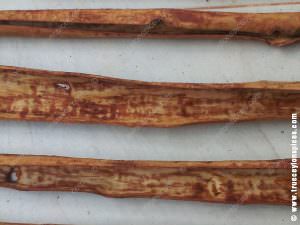
Separated inner bark of Sri Lankan cinnamon
Ruth Tan (May 2015) describes its aroma in these terms. “When the (Sri Lankan cinnamon) packages (ground and sticks) were air-freighted to me, I immediately opened one up and took a sniff of the powder. WOW BANG! It was exactly like how others have described it! The aroma was sweet enough to make you fall in love with it immediately. Its pleasant fragrance was a heaven and earth difference from the harsh, pungent Cassia cinnamon…”
She also describes Ceylon cinnamon as ‘forming multiple layers when rolled up’ as against Cassia/Chinese cinnamon having a ‘thick bark that forms only a few layers when rolled up’.
The University of Ruhuna, Sri Lanka has pioneered research into developing mechanical devices not only to ensure the best results in cinnamon production, but also to ensure worker health and safety.
Some of the health benefits of Sri Lankan cinnamon are listed below.
- Reducing blood sugar levels – Research has shown that Cinnamaldehyde from Ceylon Cinnamon Bark Oil reduced plasma glucose concentration significantly (p<0.05) in a dose dependent manner (63.29%).
- Candida Yeast infections – Cinnamon oil was found to be effective against three strains of Candida. Candida albicans, Candida tropicalis, and Candida krusel.
- Stomach Bug/Flu – Cinnamon is one of the most effective and powerful antibacterial.
- Irritable Bowel Syndrome – As a digestive, cinnamon works against bloating, killing bacteria and healing infections.
- Cancer Prevention – Research has shown that Cinnamon oil is a promising solution in the treatment of Tumors, Gastric cancers and Melanomas. Another study found good results with leukemia and lymphoma cancer cells.
- Arthritis/Osteoporosis – Currently only evidence is from personal testimonials, but the presence of Manganese helps to validate this claim.
- Food Preservative – To preserve food without refrigerating use cinnamon to prevent bacterial growth.
- Memory and cognitive development – There is some evidence for increased alertness and concentration in regularly using cinnamon.
- Anti-oxidant – Cinnamon is one of the top seven anti-oxidants in the world. Reduces the formation of ‘free radicals’ that cause cancer.
- Lowering LDL cholesterol & triglycerides – A review in 2011 found that consumption of cinnamon is associated with a significant decrease in levels of total cholesterol LDL-C and triglyceride and an increase in HDL-C, (the good cholesterol).
- E-coli fighter – Because of its anti-microbial properties, cinnamon is effective against the spread of E-coli.
- Nutrients – One teaspoon of cinnamon powder has 0.33mg Manganese, 0.76mg Iron, and 24.56mg Calcium.
- Cold, Sore throat and Cough – Cinnamon tea, or cinnamon stick tea is said to stop an impending illness by increasing blood flow and improving blood oxygen levels.
- Alzheimer’s disease – University of Tel Aviv found sufficient evidence that cinnamon can delay the effects of five (5) aggressive strains of Alzheimer’s inducing genes.
Ceylon cinnamon is a unique and healthy spice than related varieties such as Cassia. Attached with a early name of the county Sri Lanka, this valuable spice known as ‘Ceylon cinnamon’ and you will get high quality Ceylon cinnamon from Sri Lanka.


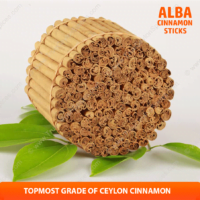
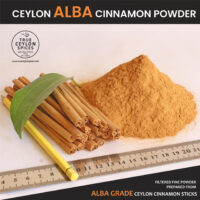
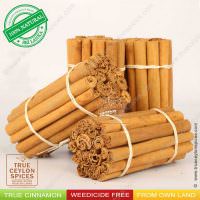
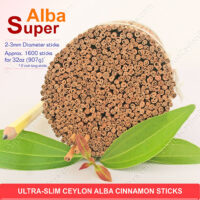
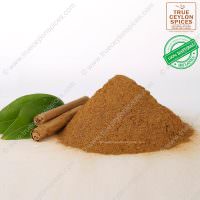
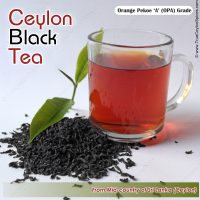
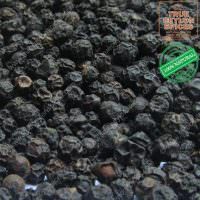
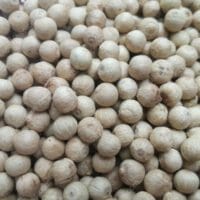
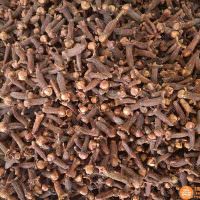
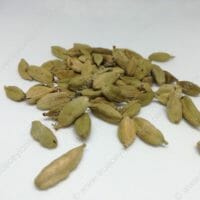
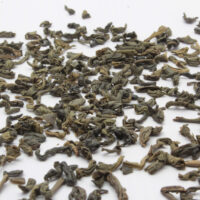
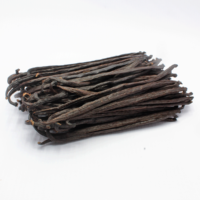
Leave a Reply